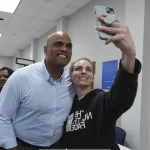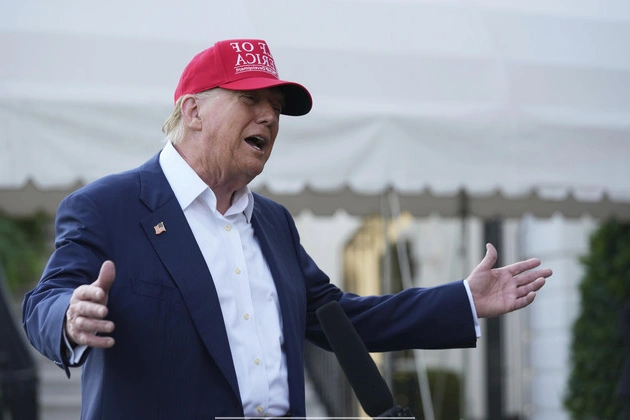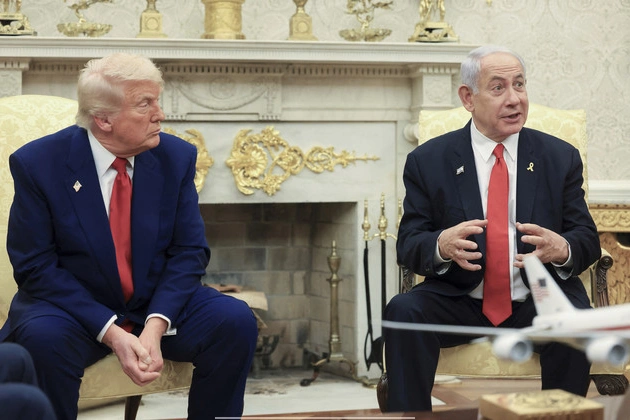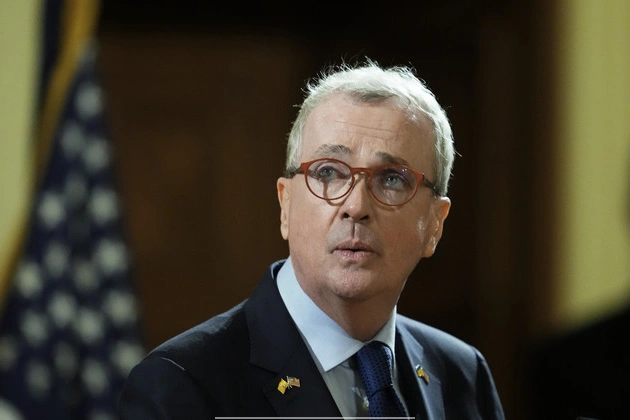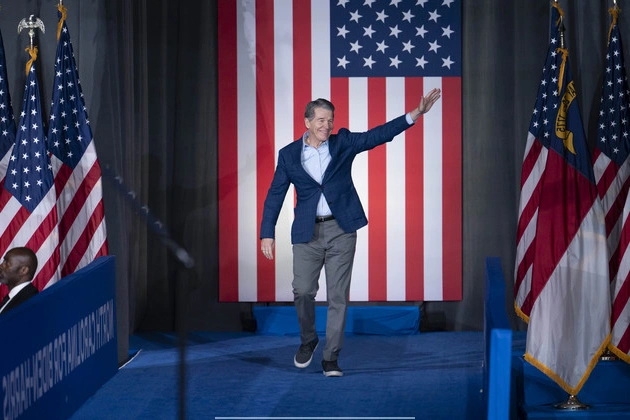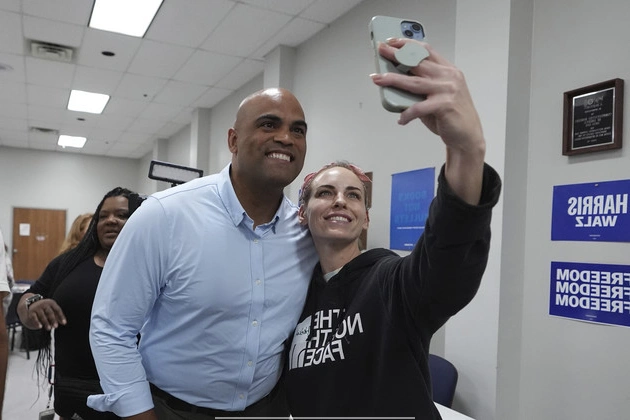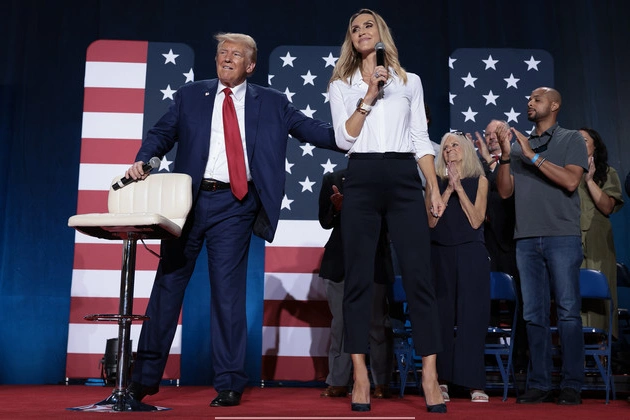
Monmouth University Polling Institute, a renowned institution in the field of political surveys, is set to close its doors in July. This decision, announced by Monmouth University President Patrick F. Leahy, stems from the evolving political and media environments that have made operations increasingly challenging and costly for polling organizations.
Leahy emphasized that despite efforts to integrate the Polling Institute’s work with the university’s academic endeavors, the financial resources required for its operation have become unsustainable. As a result, the allocated funds will be redirected to other strategic initiatives at Monmouth that directly benefit students.
The closure of the institute marks a significant development in the polling industry, echoing the recent shutdown of FiveThirtyEight due to budget cuts. Monmouth University Polling Institute, under the leadership of Patrick Murray, has earned a reputation for accuracy and transparency in its poll results, contributing to its status as one of the nation’s top polling entities.
Established in 2005, the institute has conducted polls at both state and national levels, providing valuable insights into public opinion. With its closure, there arises a void in polling activities, particularly as New Jersey gears up for a crucial gubernatorial race. The absence of public polls ahead of the election underscores the importance of reliable polling data in informing political decisions.
In past elections, Monmouth’s polls have captured attention for their accuracy, as well as instances where predictions deviated from actual outcomes. The 2021 gubernatorial race in New Jersey witnessed discrepancies in polling projections, prompting reflections on the reliability of polling methodologies.
While Monmouth University Polling Institute’s closure marks the end of an era in political polling, other institutions like Fairleigh Dickinson University and Rutgers-Eagleton continue to contribute to the state’s polling landscape. The shifting dynamics of polling organizations reflect broader changes in media consumption and public perception of survey data.




